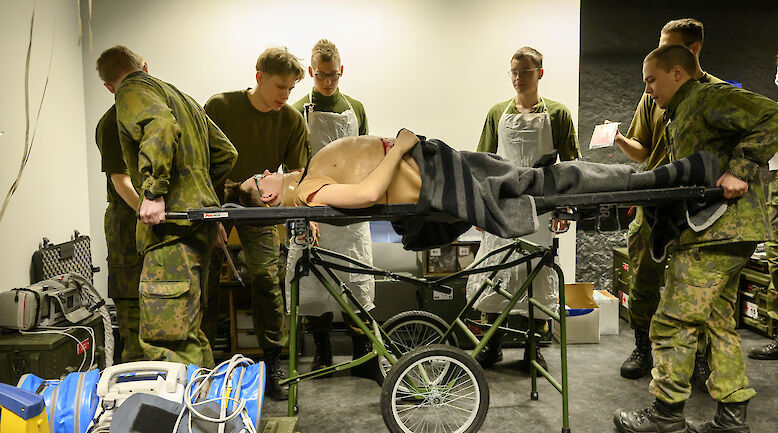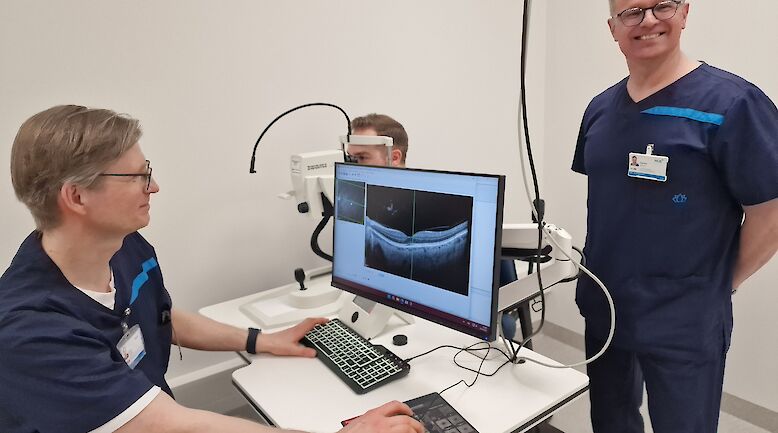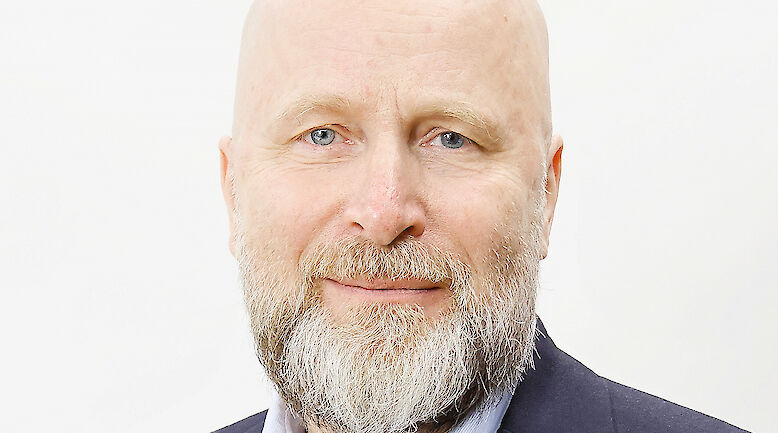Self-rated health among Finnish adolescents in 2002–2022

Background We investigated the proportions of children and adolescents who rated their health as poor or fair between 2002 and 2022, and the factors influencing this perception over time. Research on this topic is limited.
Methods The cross-sectional data consisted of survey responses from 11-, 13-, and 15-year-olds from 2002 to 2022 (n = 33,543). Perceived poor or fair health was examined in relation to age, gender, family affluence, social support, and health behaviour, using cross-tabulations, confidence intervals, and structural equation models.
Results From 2002 to 2022, 11%–16% of respondents rated their health as poor or fair. This perception was consistently more common among older respondents, those from families with lower relative affluence, those with moderate or low social support, those who did not meet physical activity and sleep recommendations, and among girls in 2002, 2006, and 2022. Joint examination of the associated factors confirmed the association of family affluence, social support, and health behaviour with self-rated health at all three survey rounds (2014-2022.
Conclusions Health disparities among children and adolescents are persistent. Health inequality must be monitored, and equal opportunities for good health ensured for everyone.
Leena Paakkari, Markus Kulmala, Ilona Markkanen, Nelli Lyyra, Kristiina Ojala












